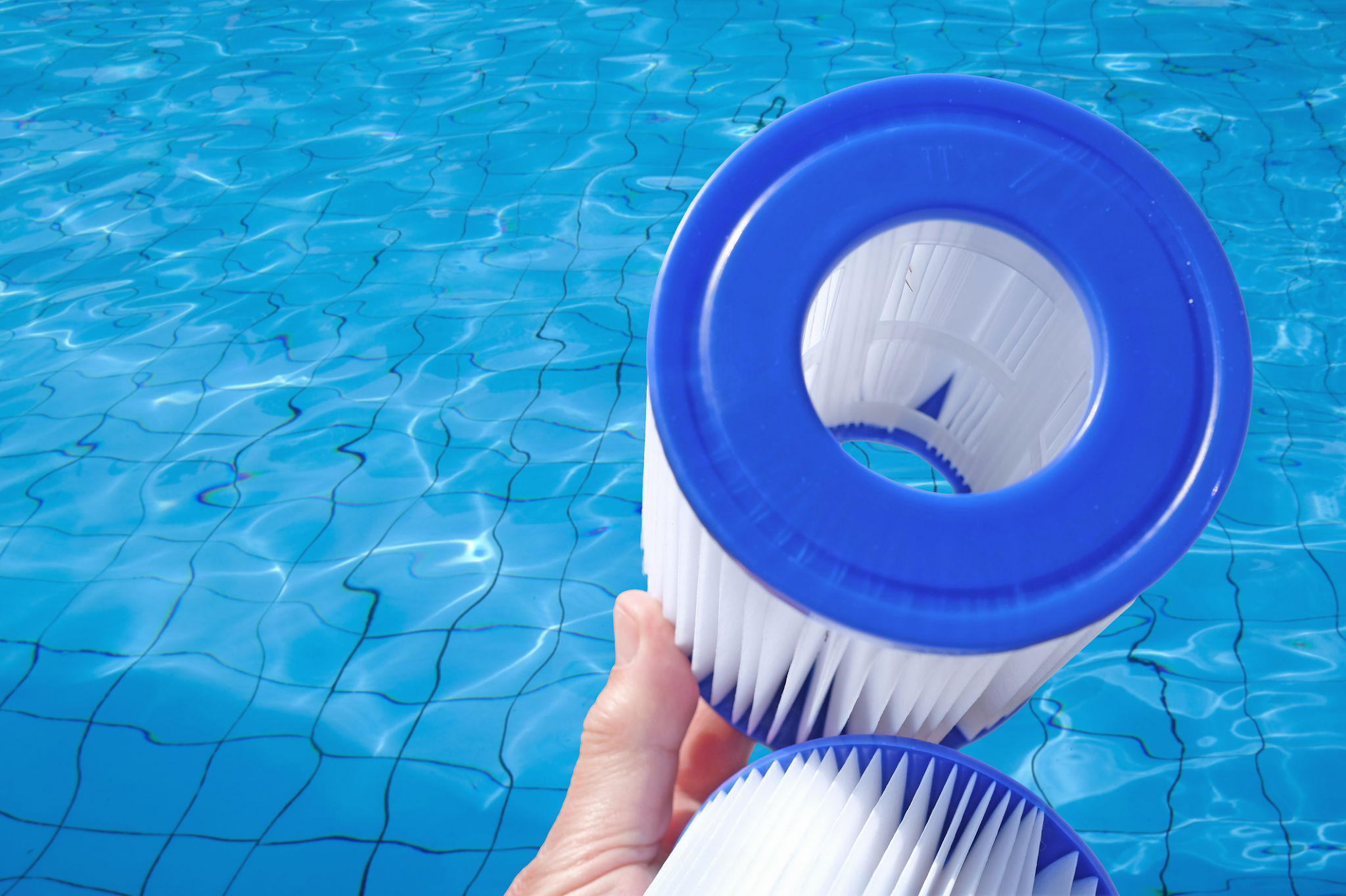DIY Pool Maintenance: Simple Steps to Keep Your Pool Pristine
TS
Why DIY Pool Maintenance Matters
Maintaining a pool can seem like a daunting task, but with the right knowledge and a few simple steps, you can keep your pool pristine without breaking the bank on professional services. Regular maintenance not only ensures a clean swimming environment but also extends the life of your pool equipment. Let's dive into some easy DIY pool maintenance tips.

Daily Skimming and Debris Removal
One of the simplest yet most effective tasks in pool maintenance is daily skimming. Use a pool skimmer or net to remove leaves, insects, and other debris from the surface of the water. This prevents them from sinking to the bottom and causing stains or clogging the filter system.
Additionally, check and empty the skimmer baskets regularly. By doing this, you ensure optimal water flow and reduce the workload on your pool's filtration system.
Understanding and Balancing Pool Chemistry
Proper chemical balance is crucial for maintaining clean and safe swimming water. Test your pool water at least once a week using a reliable pool testing kit. Pay attention to the pH levels, alkalinity, and chlorine levels. The ideal pH level should be between 7.2 and 7.6.
If necessary, adjust the chemical levels using pH increasers or decreasers, alkalinity boosters, and chlorine tablets. Maintaining balanced chemistry helps prevent algae growth and ensures the water is gentle on skin and eyes.

Regular Brushing and Vacuuming
Brushing the walls and floor of your pool on a weekly basis prevents algae buildup and removes dirt that may have settled. Use a brush suitable for your pool type—nylon brushes for vinyl or fiberglass pools and stainless steel for concrete pools.
In addition to brushing, vacuuming your pool weekly eliminates debris that skimming may have missed. You can choose between manual vacuums or automatic pool cleaners depending on your preference and budget.
Filter Maintenance
The filter is a critical component of your pool's circulation system and requires regular attention. Depending on the type of filter you have—sand, cartridge, or diatomaceous earth (DE)—the cleaning process will vary. As a general rule, clean your filter every 4 to 6 weeks or when the pressure gauge indicates it's time.
Backwashing is necessary for sand and DE filters, while cartridge filters should be removed and rinsed thoroughly with a hose. Regular filter maintenance ensures efficient water circulation and extends the lifespan of your filtration system.

Shock Treatment
Even with regular maintenance, pools can experience issues like cloudy water or algae blooms. Shocking your pool with a high dose of chlorine is an effective way to address these problems. This process oxidizes contaminants and refreshes your water quality.
Perform shock treatments once every two weeks or more frequently during periods of heavy use or after a rainstorm. Always follow manufacturer instructions regarding dosage and wait times before swimming.
Conclusion: Enjoying Your Pristine Pool
By incorporating these simple DIY maintenance steps into your routine, you can ensure that your pool remains clean, safe, and inviting. Regular attention to skimming, chemical balance, brushing, vacuuming, filter maintenance, and occasional shock treatments will keep your pool in top condition without professional intervention.
Enjoy the satisfaction of taking care of your own pool while saving money and enhancing your outdoor experience. Dive in and relish every moment in your pristine oasis!